Korean pizza is a deliciously unique twist on traditional pizza. Unlike its Western counterpart, Korean pizza features a variety of inventive toppings such as sweet potato or kimchi.
This blend of flavors and textures creates a truly one-of-a-kind dining experience that reflects the creativity and dynamism of Korean culture.
As Koreans traveled abroad and returned home, they began setting up their own pizza ventures, adding their unique spin to the classic pizza recipe. Today, Korean pizza continues to thrive, appealing to both locals and the growing foreign population.
The rise of Korean pizza signifies more than just a culinary trend; it’s a reflection of South Korea's ability to adapt and innovate. With toppings ranging from sweet corn to bulgogi, Korean pizza stands as a testament to the country's vibrant and evolving food scene.

Jump to:
🤓 Historical Context of Korean Pizza
Influence of Western Cuisine
Western cuisine, especially American and Italian styles, greatly influenced Korean pizza. American chains like Pizza Hut and Domino's introduced classic toppings and styles to Korea in the 1980s. Pizza Hut Korea adapted its menu, incorporating local flavors.
Italian pizza also left its mark. The traditional thin crust and minimal toppings of Italian pizza inspired new takes on the dish in Korea. Koreanized pizza often features a crispier crust and uses non-traditional toppings such as bulgogi and sweet potato.
Western fast food culture, combined with a Korean love for fusion cuisine, contributed to these unique adaptations. This mix of influences created a distinctly Korean pizza style that's both familiar and novel.
Emergence in South Korea
Korean pizza started gaining popularity in the 1990s. Early adopters included chains like Mr. Pizza. They offered unique pizzas that catered to Korean tastes. Instead of sticking to basic cheese and pepperoni, they experimented with corn, mayonnaise, potato wedges, and even seafood.
These pizzas weren’t just about flavor. They also focused on aesthetics. Many had vibrant colors and garnishes, making them visually appealing.
As local chains grew, they paved the way for more creativity in toppings and sauces. Sweet elements, like honey and sweet potato, became common. This sweet-salty combination became a hallmark of Korean pizza, setting it apart from its Western counterparts.

🍄🟫 Ingredients and Flavors
Traditional Toppings and Their Cultural Significance
Traditional Korean toppings such as bulgogi and kimchi are popular choices. Bulgogi, a sweet and savory marinated beef, is often used as a main topping. Its flavor is enhanced when paired with Korean corn and mushrooms.
Kimchi, a fermented vegetable dish, adds a spicy, tangy kick. This traditional side dish represents the bold and distinct flavors of Korean cuisine.
Cheese is another key ingredient, but Korean cheese is often less pungent than Western varieties. It balances well with other toppings. Olive oil and garlic are frequently used to prepare the toppings, adding depth to the overall flavor.
Unique Korean Ingredients
Apart from traditional toppings, Korean pizza includes some unique ingredients that make it stand out. Sweet potatoes are a common addition; they provide a sweet, creamy texture that contrasts with savory elements.
Gochujang is a Korean chili paste that imparts a spicy flavor. It’s often mixed with traditional pizza sauce or soy sauce to create a unique base.
Seafood toppings like shrimp and squid are also popular, often seasoned with soy sauce and garlic. Mayonnaise drizzled on top adds a creamy finish.
These combinations make Korean pizza a rich tapestry of flavors and textures, creating a unique pizza experience. Try adding a dash of onion and mushroom for an extra layer of flavor.
🍕 Korean Pizza Varieties
Popular Chain Offerings
Many big chains like Pizza Hut and Domino's have adapted their menus to cater to Korean tastes. A standout is the bulgogi pizza, which features marinated beef, sweet soy sauce, and a mix of vegetables like green peppers and onions.
Another popular option is the sweet potato crust, filled with a creamy, slightly sweet potato puree. This crust is often paired with toppings like corn, cream cheese, and mozzarella cheese to create a mix of sweet and savory flavors.
Street Food Variants
Korean street food offers a different take on pizza, often with more experimental flavors and toppings.
Street vendors also sell kimchi pizza, combining traditional fermented cabbage with mozzarella cheese, creating a tangy and bold taste. These pizzas are usually served in smaller, more manageable slices, making them easy to enjoy on the go.
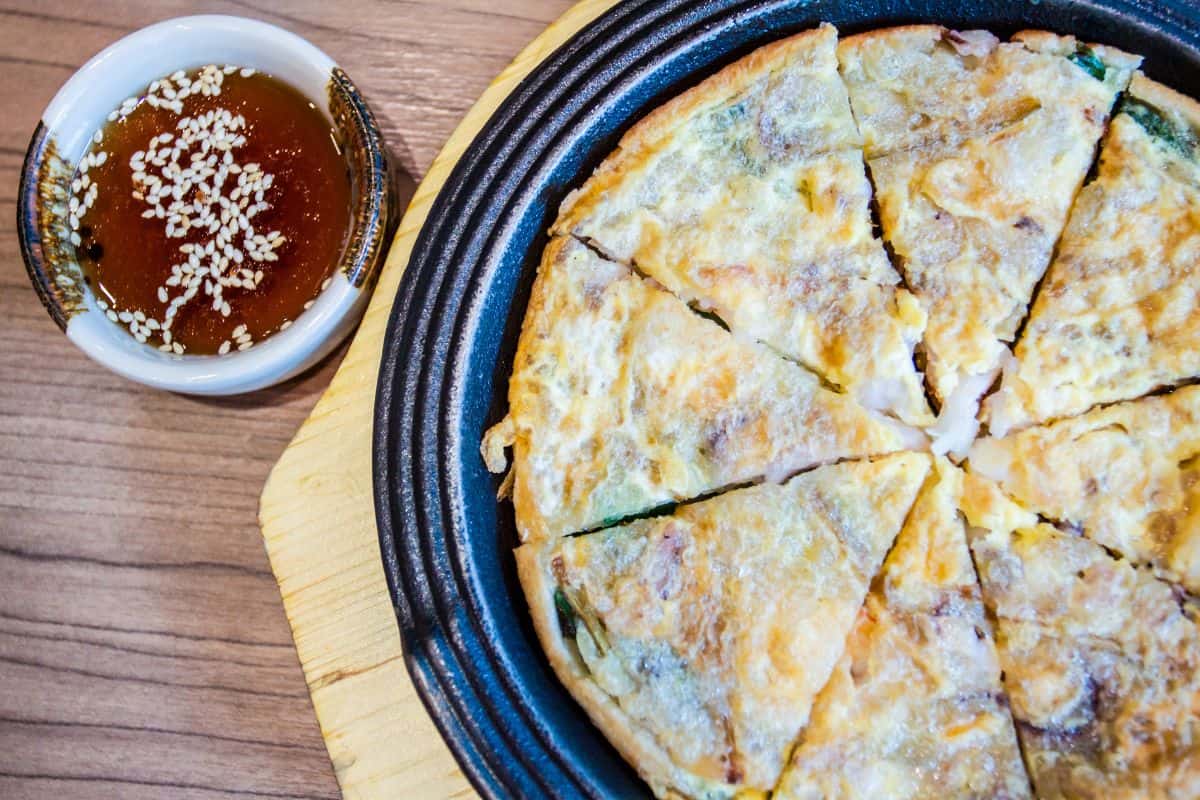
🧑🍳 Preparation and Cooking Techniques
Pizza Dough and Crusts
Korean pizza often begins with a traditional pizza dough base, which is sometimes enhanced with unusual ingredients. For instance, some recipes mix rice flour with wheat flour to create a chewy texture. Once the dough is prepared, it's crucial to let it rise properly, ensuring it has a light and airy texture.
Crusts can also be quite diverse. Some pizzas feature stuffed crusts filled with mozzarella or sweet potato, providing a delightful burst of flavor in every bite. Using a pizza stone can help achieve that perfect crispiness on the bottom while keeping the crust soft on the inside.
Toppings and Layering
The toppings on a Korean pizza are where it really stands out. Ingredients like bulgogi, kimchi, and sweet potato are common, offering a blend of sweet, savory, and spicy flavors.
Unlike traditional pizzas, Korean ones might also include toppings such as corn, mayonnaise, and even mashed sweet potatoes, creating a sweet and savory profile.
Layering the toppings involves starting with a base sauce, a spicy gochujang sauce, instead of the usual tomato sauce. Toppings are then carefully spread, balancing the flavors and ensuring an even distribution.
Some recipes suggest adding a drizzle of Korean BBQ sauce to enhance the taste further.
Baking and Finishing Touches
Baking a Korean pizza typically involves preheating the oven to a high temperature, around 400°F, to get a nice, crispy crust. Using a pizza stone can spread the heat evenly and avoid a soggy bottom.
Baking times vary but generally fall between 10-15 minutes, depending on the thickness of the crust and the amount of toppings.
Once out of the oven, the finishing touches might include a drizzle of scallion oil or a sprinkle of sesame seeds, adding a final layer of aroma and flavor. These small details make a big difference in overall enjoyment.
🤩 Popular Korean Pizza Recipes
Vegetarian Korean Pizza
This pizza uses BBQ pulled "pork" made from jackfruit, providing a hearty texture for vegetarians. It offers a spicy and tangy flavor topped with kimchi and rich kimchi mayo. Bake until the cheese is golden brown.
Bulgogi Pizza
This pizza features Bulgogi—a marinated Korean beef. Along with mushrooms, olives, onions, corn kernels, and bell pepper, it's a savory treat. Baked at 392°F for 10 minutes, the result is a delicious fusion of flavors.
Gochujang Pulled Pork Pizza
This recipe includes tender pulled pork flavored with gochujang, a popular fermented chili paste. A unique dipping sauce made from kimchi and mayonnaise adds an extra layer of flavor.
Sweet Korean Pizza
Known for its sweet profile, this pizza often includes ingredients like honey, corn, pineapple, and sweet potato. Together, these elements offer a sweet contrast to the usual savory profile of pizza.
Traditional Toppings
Beyond the specific recipes, Korean pizzas often feature traditional toppings like kimchi, gochujang, and bulgogi. These ingredients give the pizzas a distinct Korean flair. They're blended beautifully with cheeses and other common pizza toppings.
❓ Frequently Asked Questions
Korean pizza features a variety of toppings you might not find on Western pizzas. Common choices include bulgogi, seafood, sweet potatoes, and even fruits and nuts. These toppings create a rich blend of flavors.
The texture of Korean pizza often features a thick, chewy crust that can be stuffed with ingredients like sweet potato or cheese. The taste blends traditional and unique toppings, offering a mix of sweet, savory, and sometimes spicy flavors.
One of the most popular pizza toppings in South Korea is bulgogi. This marinated beef adds a savory and slightly sweet taste that pairs well with the other unique ingredients.
Korean pizza typically features a thicker, chewier crust compared to the thin, crispy crust of Italian pizza. Additionally, ingredients like sweet potato, Bulgogi, and seafood distinguish it from traditional Italian toppings such as tomato, mozzarella, and basil.

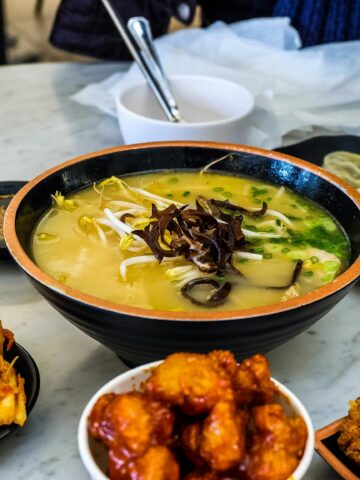
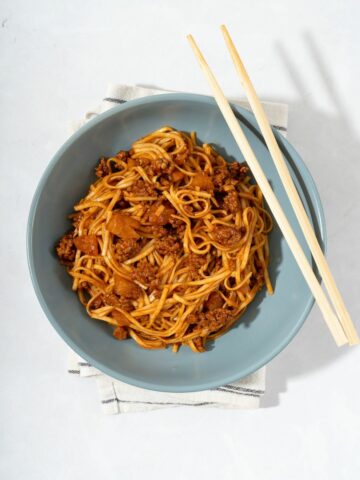
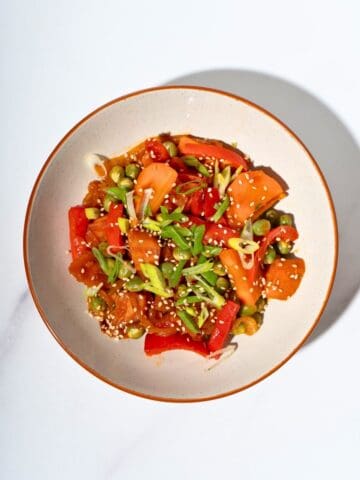
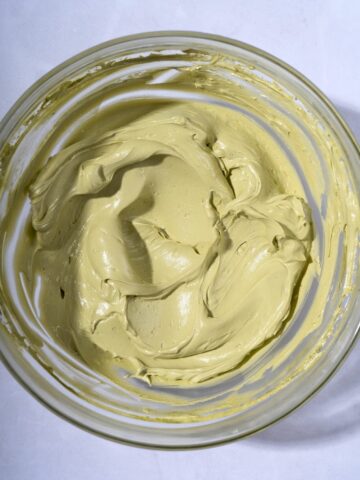
Comments
No Comments